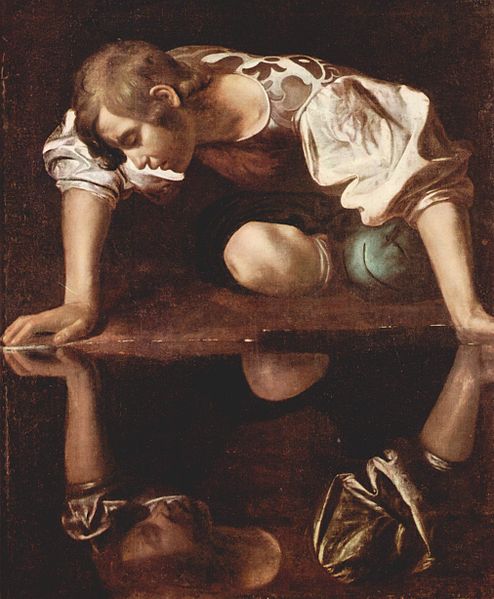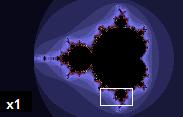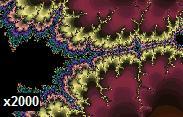
'Narcissus' by Caravaggio
The story stands as a metaphor for self absortion and the corruptive nature of the ego. In relation to my work I am considering how we identify the self and relate to our 'self'.
Oscar Wilde created a variation of this story which continues after his death. He says that when Narcissus died, the Oreads, who were goddesses of the woods, came and saw that the sweet waters of the pool had changed into salt tears.
‘Why are you crying?’ asked the Oreads.
‘I’m weeping for Narcissus.’
‘We do not wonder that you should mourn for Narcissus in this way,’ they said. ‘After all, we could only run after him through the forest, but you could gaze on his beauty from close to.’
‘But was Narcissus beautiful?’ asked the pool.
‘Who better than you to know?’ the Oreads replied, somewhat taken aback. ‘It was, after all, on your banks that he would lie each day.’
The pool was still for a moment. Then it said:
‘I weep for Narcissus, but I never noticed that he was beautiful. I weep for him because whenever he lay on my banks and looked into my waters, I could see my own beauty reflected in his eyes.’
This version now bares the understanding of an ecology between the self, and the other. That we see our own nature and beauty, reflected in the other. In relation to the philosophy of human finitude the acceptance of the other is "fundamental" described by A.W.Moore in the essay Human Finitude, Ineffability, Idealism, Contingency. Toril Moi describes the realisation that "there are others" as a "traumatic discovery" in her essay From femininity to finitude: Freud, Lacan, and feminism, again (p.874)
Aten is the disk of the sun in ancient Egyptian Mythology, and originally an aspect of Ra. The deified Aten is the focus of the monolatristic, henotheistic, or monotheistic religion of Atenism. The tablet extract below shows hands extending upon the rays of the sun, which illustrates well the belief that human existence was somehow intrinsic to the sun, not only in symbiosis, but in essence also. Again there is an ecology with the other, however in this example, there is now fundamentally a cohesion of formality in being.

Benoit Mandelbrot created the term Fractal Geometry, a visualition of mathematical formulae which generate patterns that are self referential. An understand of this relationsip between the micro and the macro intruiges me in relation to the belief that all tings are one, and binded by a universal force. Some call this god, the unknown.

In the abstract pattern above, someone has attempted to create an illustration of the sun god Aten. This image speak resoundingly for the connection that I am trying to establish with the Mandelbrot set. Reflecting upon my initial inquest into the story of Narcissus, I am suggesting that by accepting the subjective fallibility of the self (the ego) we can embrace the essential otherness that we share with all things, and which in that sense connects us all.

In the abstract pattern above, someone has attempted to create an illustration of the sun god Aten. This image speak resoundingly for the connection that I am trying to establish with the Mandelbrot set. Reflecting upon my initial inquest into the story of Narcissus, I am suggesting that by accepting the subjective fallibility of the self (the ego) we can embrace the essential otherness that we share with all things, and which in that sense connects us all.





No comments:
Post a Comment